There are three reasons why you would need a custom safety cover and they are:
- A non-standard pool shape or size
- To match an old safety cover anchor pattern
- Deck and Water Features
Non-standard Pool Shape or Size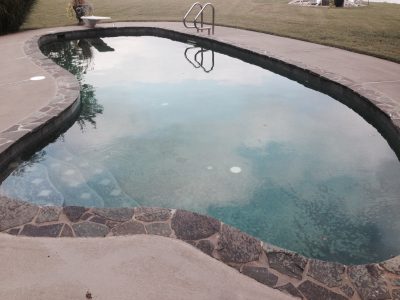
In the world of pool safety covers, a non-standard shape is anything that is not a common rectangle. Because safety covers take a lot of time and material to make, manufacturers stick to the most common pool sizes to ensure there is not a warehouse of odd-shaped covers they can’t sell. This is why you will see 16’ X 32’, 18’ X 36’, and 20’ X 40’ covers everywhere, but no 21’ X 43, or 17’ X 33’. Manufacturers want to know that the product they make is going to sell.
For any homeowner with a pool resembling one of the shapes to the right, a custom safety cover is your only route. And free-form pool owners, stop reading and just start filling out the form.
Can’t I Just Buy an Oversized Cover?
After reading the above explanation you may ask yourself, “Can’t I buy a cover equal to the overall length and width of my pool, that way it covers everything?” The answer can be simplified by a simple formula:
Safety Cover − Rub Strips + Pool Deck = Ripped Cover
On the underside of each safety cover strap there are rub strips that extend from the edge of the cover in by 18 inches. When weight is applied to the cover, these rub strips act as a barrier between your pool deck and the safety cover strap. Without rub strips, the safety cover would rub on the pool deck’s edge causing undue wear leading to premature fraying and tears. No matter how heavy-duty a safety cover material claims to be, concrete beats cover every time.
For example, you have a standard L-shaped pool, but to save a little money you buy a rectangular safety cover to fit the overall length and width. In the image, you can see that a quarter of the cover is spanning over nothing but concrete. In the corner of the L, where most of the tension will be, the cover will be scraping against the concrete deck and the pointy corner. Not to mention, a solid cover’s drain panels will be out of place creating an issue with standing water.
Matching the Original Cover’s Anchor Points
Homeowners who are replacing an old safety cover usually make an effort to match their original cover’s anchor points. This not only saves you time during installation, but also keeps you from littering your deck with a second set of deck anchors. Each safety cover manufacturer has its own specific method to designing and fabricating covers. These different methods lead to varying strap distances, lengths and grouping.
Let’s take an 18×36 rectangle for example. Your original cover’s manufacturer (Manufacturer A) may have three straps along the 18 foot side, but your new cover made by Manufacturer B may adjust the strap length to fit four straps on that length
And even if the strap count is correct on all sides, the spacing between each strap may differ by a few inches. If the new cover is stretched or bunched to accommodate the older anchor points, the uneven dispersal of weight from 20 or more tensioned springs can rip and fray a cover.
The Solution
A template measurement can be taken of your original cover and a duplicate cover made by a manufacturer. I walk you through the process of how a template measurement works in a previous article, have a look: How Can I Match My Safety Cover’s Strap Placement?
Special Features
Parts of a pool that require a custom safety cover are:
- Offset pool step
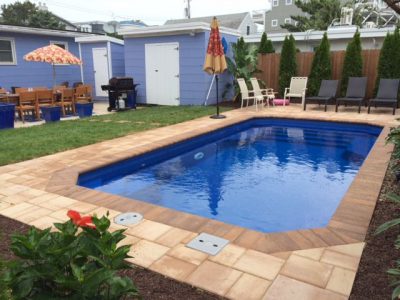
- Waterfall
- Attached spa
- Non-removable rails or ladders
- Diving boards and slides
Deck Type
Safety covers come standard with concrete deck anchors that are required to be installed in concrete decks at least 4-inches thick. If your concrete deck is less than 4” thick or is made of any of these deck materials, you will need special anchors:
- Brick pavers
- Wood
- Bare ground
- Travertine
- Composite
It is especially important to make sure your anchor type is correct for your pool deck or else your anchors could pop out when the cover is exposed to the weight of snow, animals or a person.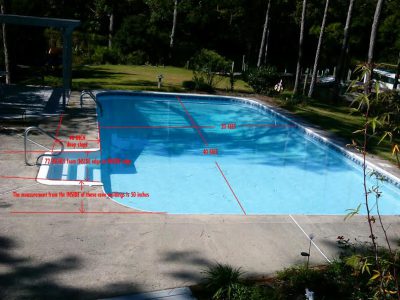
Offset step
Standard safety cover step sections are designed for 4’ X 8’ steps set flush to a corner or set in the center of one of the short sides. If your pool step is indented from the corner like the (IMAGE), you have an offset step section. Using a cover with a standard section will result in the cover’s rub strips landing in the wrong place or for the section not to be covered at all.
Waterfall
Waterfalls installed on pools tend to be on, around, or above the edge of the pool’s deck. Their positioning usually prevents the clean installation of the safety cover. The manufacturer needs to know where the waterfall is located to make sure a strap does not fall in line with the waterfall or if they need a special strap attachment to secure it to the waterfall base. In the latter situation, pictures of the waterfall would be needed.
Attached spa
Pools with attached spas cause two problems for manufacturers. Either the area at 36-inches from the pool deck is actually water and not concrete, or a raised spa prevents any installation of a strap.
In the first instance, if the spa is flush with the pool deck, the manufacturer may suggest covering it with the safety cover, or a separate cover. Or the manufacturer can install short springs and straps, if there is a concrete border between the pool and spa.
If the spa is raised, eyebolts can be drilled on the spa wall facing the pool to which the cover straps can be hooked. This option is only available to solid concrete spa walls.
Non-removable obstructions (Diving boards, slides, railings)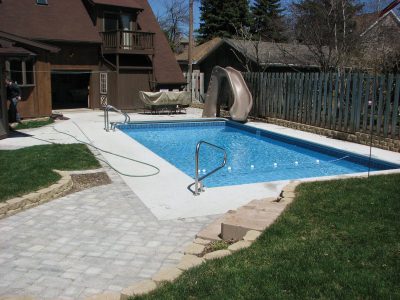
A pool featuring a diving board, slide, hand railing or ladder that cannot be removed from the pool deck requires a custom cover. Again, these elements can prevent correct cover strap installation.
The Solution
If a diving board is within 18 inches of the pool’s edge, the safety cover may require a cutout to allow the cover to contour to the base’s stand. If the board is outside of the 18-inch range, a Y-strap can be used to avoid the base of the diving board.
For slides, railings and ladders that are non-removable, cutouts are made in the cover to accommodate the railing or slide legs.
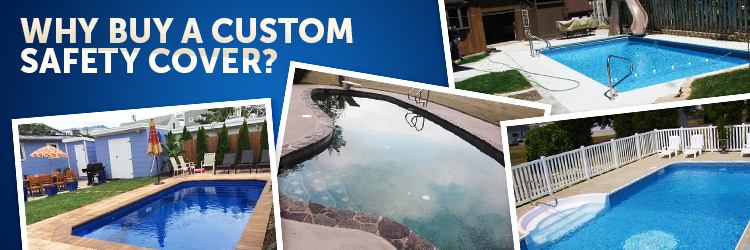
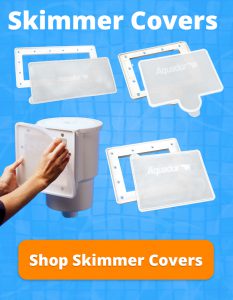
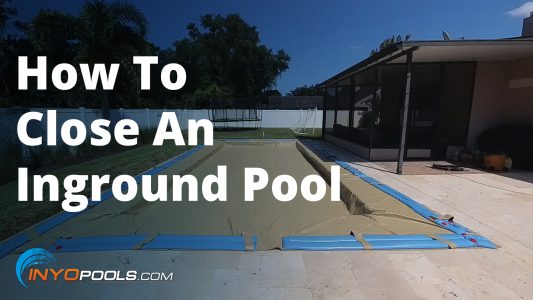

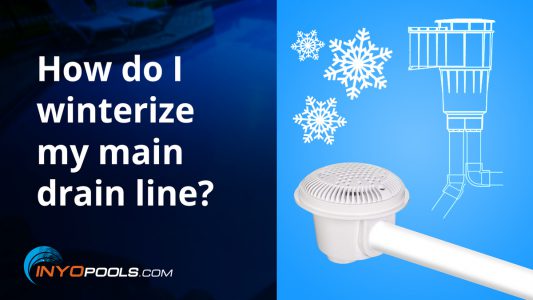






Part of my wood pool deck is built to the top rail edge. I need appropriate anchors for the winter cover.
The other part of the wood deck is built at a lower level.
Pls suggest how to anchor this cover in this situation.
A wood deck application requires Wood Deck Anchor for Safety Cover – WS005
When I have a heavy heavy rain my pump stops. Any suggestions?
Is your pump becoming flooded, or getting splashed by rainwater? This could be causing the motor to stop or short.